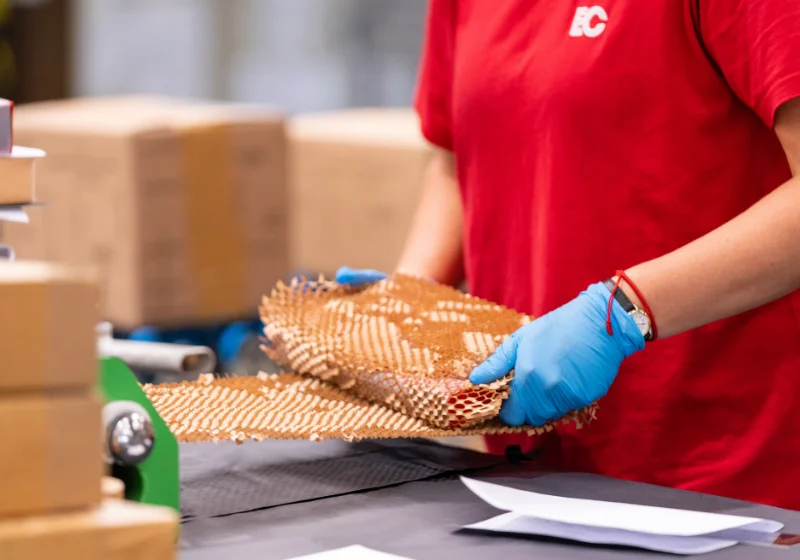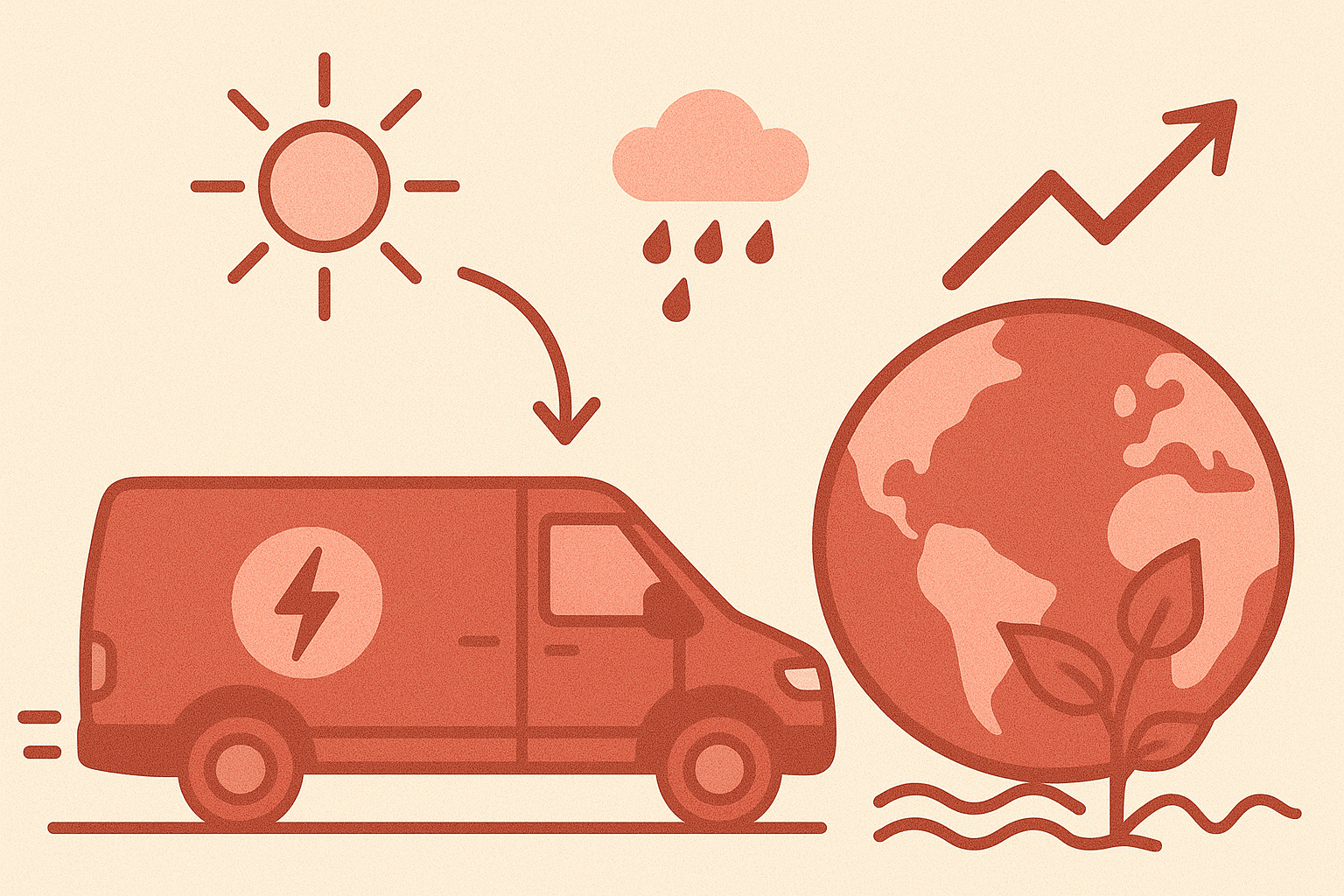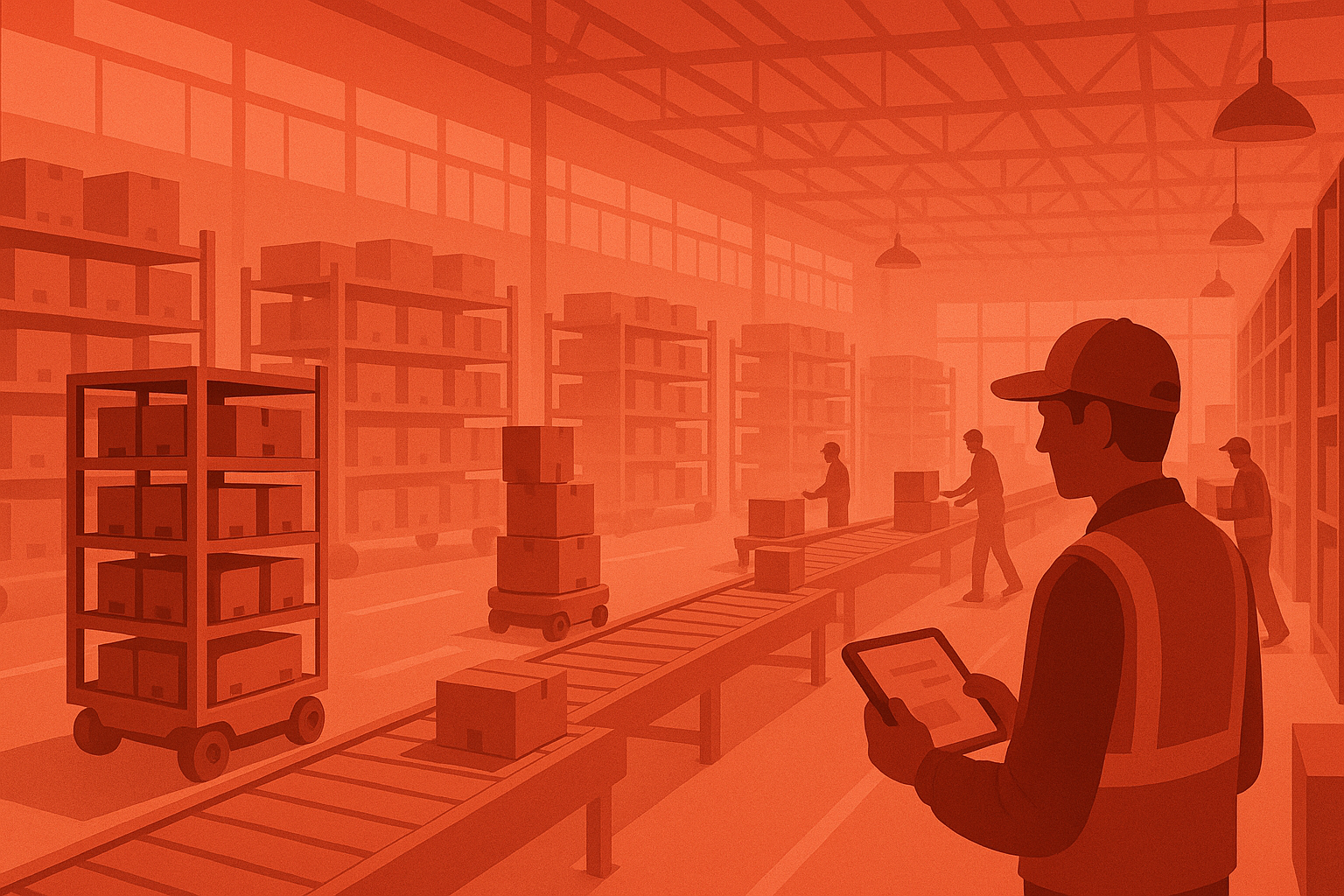E-commerce was a big retail story early in the COVID-19 pandemic. Retail closures and public-health concerns prompted a move to shopping via the internet, with ten years of digital sales compressed into three months.
Online sales have not recovered to pre-pandemic levels eighteen months later, and retailers who formerly saw e-commerce as a lifeline are now cautious. Online sales have generally increased, but so have fulfilment expenses, which can account for up to 20% of e-commerce revenue, reducing margins and restricting profitability.
It was believed that the rapid expansion of ecommerce during the Covid era would continue as a trend, accelerating the acceptance of online purchasing. However, was the Covid-surge a one-time occurrence, or will e-commerce continue to grow in the future?
Will e-Commerce continue to grow?
Amazon said in its Q1 results that it had surplus warehouse capacity and was stopping development plans to “increase productivity and cost savings.”
And with Shopify’s CEO Tobi Lütke’s incorrect prediction that shares of online retail purchases in the retail space would permanently jump ahead by five to 10 years, and then seeing their stock fall by 14% and subsequently having to lay off 10% of their staff – investors in industrial real estate have been alarmed.
Despite this, e-commerce has emerged as a global economic winner – albeit with its fair share of difficulties. Changes in demand have had an impact on successful order fulfilment, efficient and safe last mile delivery options, and supporting consumers’ value and purpose-driven purchasing decisions – all of which require prompt action from small to medium-sized businesses.
The rapid rise of e-commerce caused by the pandemic appears to be just the beginning. UK consumers are likely to continue to favour shopping online, due to the ease of access to a diverse range of products, excellent customer service and timely delivery.

Managing supply and demand
But is the growth sustainable? As the Logistics UK annual report indicates, there is still a lot of work to be done, and ongoing economic pressures could easily stall any significant growth forecast.
Supply chains will need to change to manage supply and demand more efficiently, and here is what we suggest:
- Planning and execution: For precise forecasts and maximum productivity, planning should match your actual sales. Product forecasting, transportation planning, and supply plans based on lead time, cost, prior sales data, customer behaviour, seasonality, and market competitiveness should all be considered.
- Stock Accuracy: Supply chain accuracy ensures clients receive timely, accurate orders. Best practises and modern technologies are needed to maintain stock accuracy across numerous fulfilment centres and stock keeping units.
- Transportation: Supply management requires efficient transportation which should remove space, time, and frequency restrictions. Air freight and marine freight costs should be kept low. Inefficient transportation slows product flow and makes it hard for businesses to meet demand.
- Bottom Line: Most e-commerce companies can minimise stock mismatches, transportation lag times, and improve supply chain visibility. Controlling these characteristics allows a company to bridge a supply-and-demand gap and maximise order fulfilment, boosting its growth and profitability.
- Forecasting: Forecasting can transform e-commerce and help brands mitigate supply chain risk. It is critical for the success of any business, but especially for sellers on online marketplaces where the platform is flooded with competition. When retailers have access to insights and forecasting, they can be better prepared to determine future inventory, which ultimately helps brands stand out and build customer loyalty.
Visit our blog on managing peaks and troughs here
Is forecasting the solution?
Forecasting estimates future sales to predict future revenue and guides your selling strategy. This is done by examining sales data and all impacting factors including industry trends, rivals, conversion rates, and site visits.
Predictions can be influenced by annual or monthly performance. Accurate sales projections assist businesses in planning for the future, and e-commerce sales forecasting helps in meeting consumer expectations and evaluating the market’s reaction to a product.

How using a third-party logistics provider (3PL) could help.
Managing supply and demand effectively is a key component of any e-commerce business. It is a continuous challenge due to two main factors: quantity fluctuations and lead time deviations.
Whilst a close relationship with your sales and supplier companies will help smooth out supply and demand fluctuations to some degree, to effectively reduce deviations in pipeline stock and transport lead time you should contact EC Group now, we are specialists in logistics and supply chain management, get in touch here!



